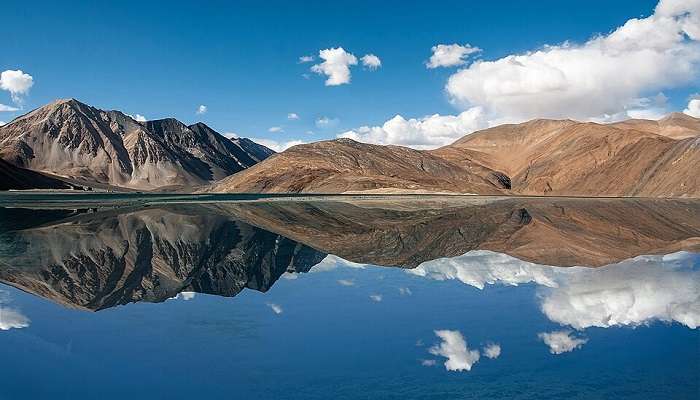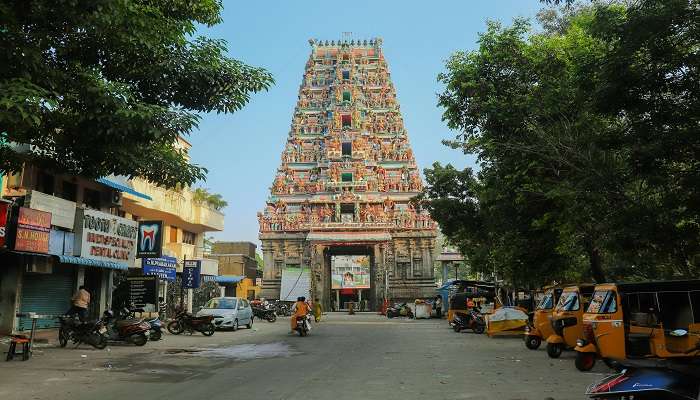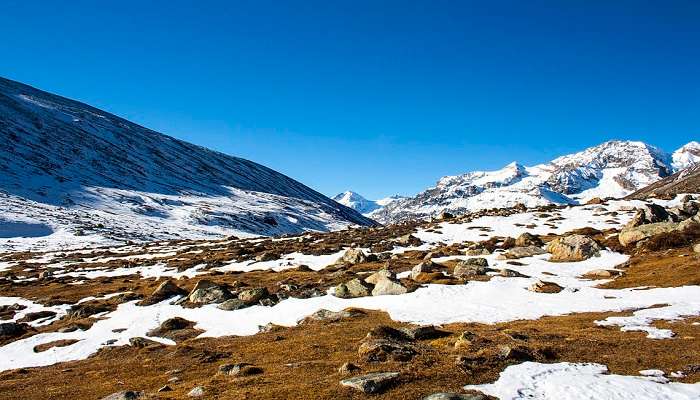Explore Parsa Wildlife Reserve For An Ideal Gateway In 2025
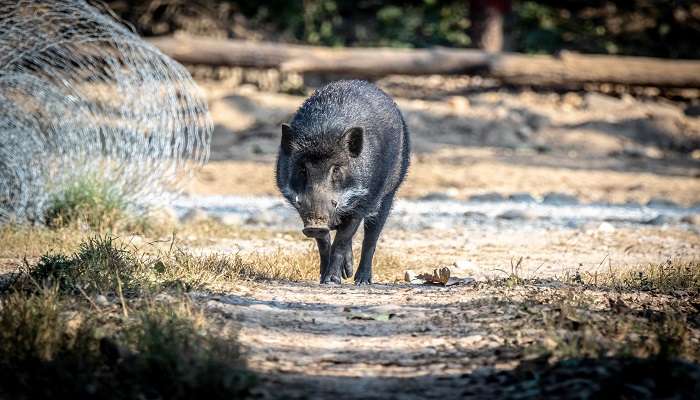
With the picturesque Terai lowlands of southern Nepal as a backdrop, Parsa Wildlife Reserve invites everyone to an invigorating outdoor experience. When it comes to this piece of heaven, you are immediately surrounded by the tones of subtropical forests, grassy fields, and sinuous rivers. Depending on the enthusiasts, some would focus on the wild, adventurous tours through the jungles, an occasional joy ride with the elephants, or a spiritually uplifting pilgrimage to Kailash Bhata in Nepal. Parsa Wildlife Reserve is the ultimate gateway to the country’s most beautiful and exciting region.
About Parsa Wildlife Reserve Nepal
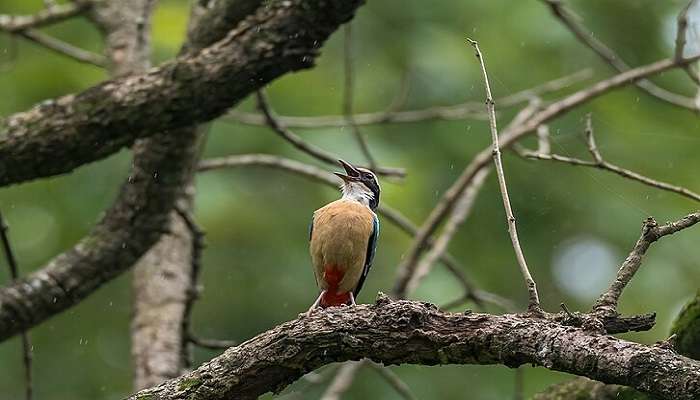
Parsa Wildlife Reserve is one of the protected areas in the inner Terai lowland of the south-eastern region of Nepal. It was transformed into this national park in 2017. The reserve lies at 435 and 950 metres (1,427 and 3,117 ft) in the Shivalik Hills. The Parsa Wildlife Reserve has many animals, including wild elephants, tigers, leopards, sloth bears, gaurs, blue bulls, and wild dogs. You can also spot animals such as sambar, chital, hog deer, langur monkeys, and striped hyenas. The reserve is a paradise for bird enthusiasts, with around 300 species of birds, including the endangered hornbill.
Also Read: Nepal Travel Tips
Things To Do At Parsa Wildlife Reserve
Whether you are travelling with family or friends, Parsa Wildlife Reserve has a lot of things to offer! While you are visiting this Wildlife Reserve, tourists can enjoy a lot of activities:
1. Jungle Safari
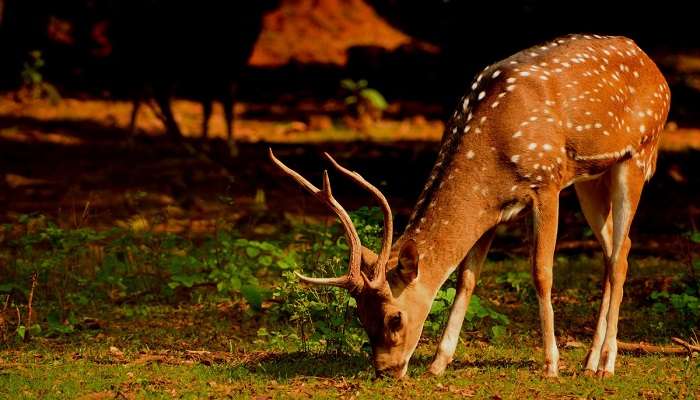
This Reserve is still new to the jungle safari critique but spans the south-central Terai lowlands of Nepal. This sanctuary provides shelter to 300 bird species, 32 mammal types, and 14 types of reptiles. On request, people can hike through wooded and meadow areas and the territory of the given reserve, allowing them to see representatives of the flora and fauna on their own.
2. Elephant Riding
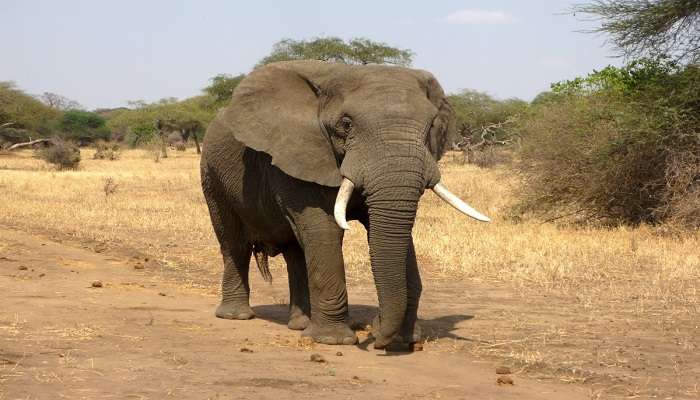
The Parsa Wildlife Reserve in Nepal allows people to go elephant riding through the beautiful subtropical forests. This tourist activity is a favourite because it enables the tourists to tour the relatively untouched nature on the backs of these animals. Interaction is with well-trained handlers, and the activity is not only fun for the participants but also informative regarding the ecosystem of Chiang Rai. Combined with the respect for the elephants and their involvement in the reserve’s conservation, this activity carries an instructive element for everyone embracing nature and wildlife.
Related Post: Pokhara Nightlife
3. Sightseeing
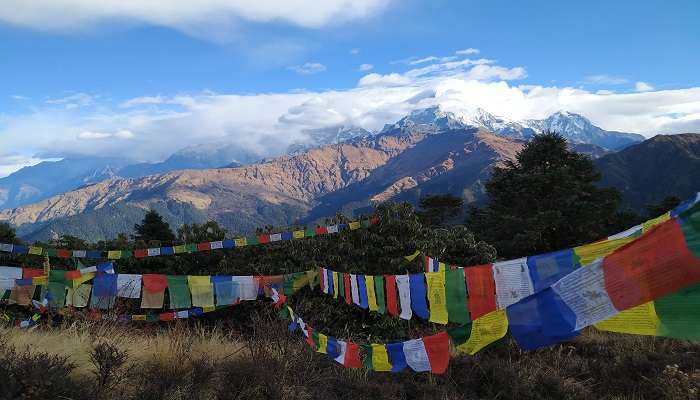
Spread over an extensive area, Parsa Wildlife Reserve is home to various life forms. This natural reserve centre has endangered animals such as the Royal Bengal tiger, wild elephants, and sloth bears. Grasslands, shrublands, woodland, subtropical marine, and mangrove forests are some of the formations of vegetation that the reserve hosts. Thousands of visitors can spend time in close contact with nature and watch the exotic fauna and flora in their freedom. Parsa is the perfect location for ecotourism and education on the ways to save and conserve nature and wildlife in the centre of Nepal.
4. Kailash Bhata
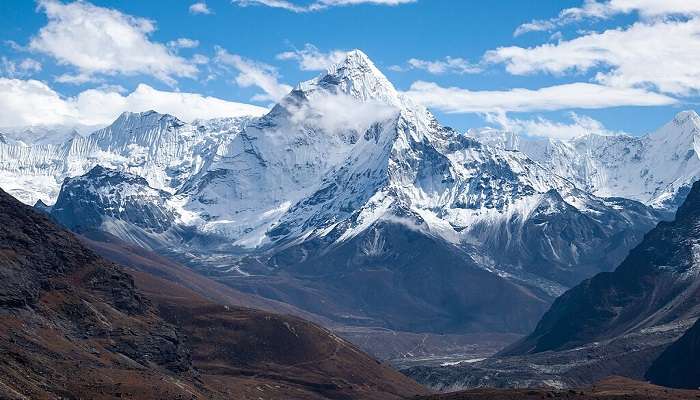
Kailash Bhatia, A holder of two temples for the Lord Shiva & Parvati, lies in the Parsa National Park. This spiritual site gives visitors a view of the Terai forests of Nepal. Regarding the tourism potential, visitors can undertake religious tourism accompanied by wildlife tourism, whereby they can find tigers, rhinos, and elephants. There are arrangements of jungle rides and machines to watch animals. One may conclude that Kailash Bhata, an available and spiritually-nature-based Nepalese attraction, is highly suitable for its visitors.
Related Post: New Year In Nepal
Parsa Wildlife Reserve Nearby Tourist Attractions
Nepal has provided Parsa Wildlife Reserve, where one can find the best for viewing Wildlife. Attractions near the park make it easier for tourists to enjoy the flora, fauna, and other attractions within the region without straining to look for the animals in the wild.
1. Chitwan National Park
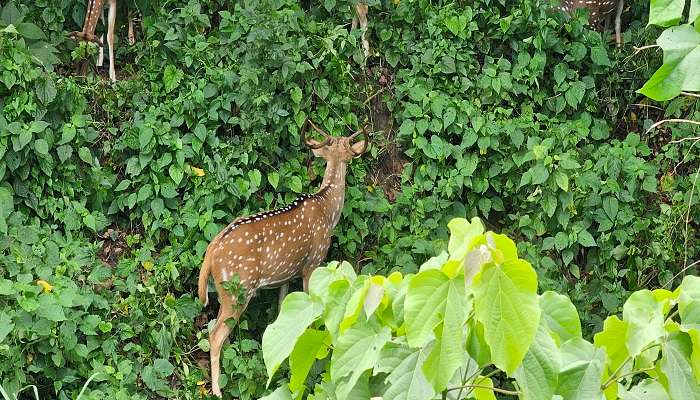
Lying just outside Parsa Wildlife Reserve, this is Nepal’s representation of the world’s heritage, according to UNESCO. Being one of the popular national parks of Nepal, Chitwan features Bengal tigers, one-horned rhinoceros, and elephants. Some of the activities include a jungle safari, a canoe ride, and an anthropology tour that involves a raw experience with the indigenous people of Nepal known as the Tharu. This park has grasslands and sal forests, and many birds and reptiles are in the park, making it a naturalist photographic dream.
Timings: 7:00 am to 6:00 pm
Entry Fee: NPR 150 for Nepali citizens, NPR 1000 for SAARC nationals and NPR 2000 for foreign nationals.
2. Birgunj
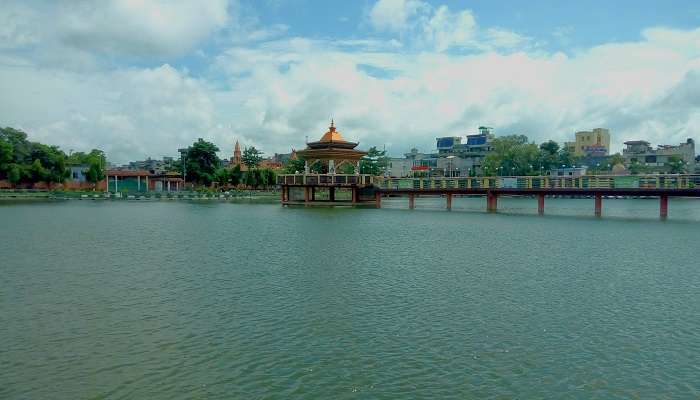
Situated on the edge of the Wildlife sanctuary, the city of Birgunj is a perfect mix of business and tourism. This vivid city has sincere markets, decorated temples, and engaging museums. One can roam around the crowded Maisthan Chowk, take a glance at Ghantaghar, the clock tower, or taste the Nepali cuisine. The location of the city near the Indian border contributes to the multinational atmosphere. Visitors can get acquainted with Nepalese cities and their orientations to neighbouring countries.
Timings: Open 24 hours
Entry fee: Free
Related Post: Hostels In Nepal
3. Narayangarh
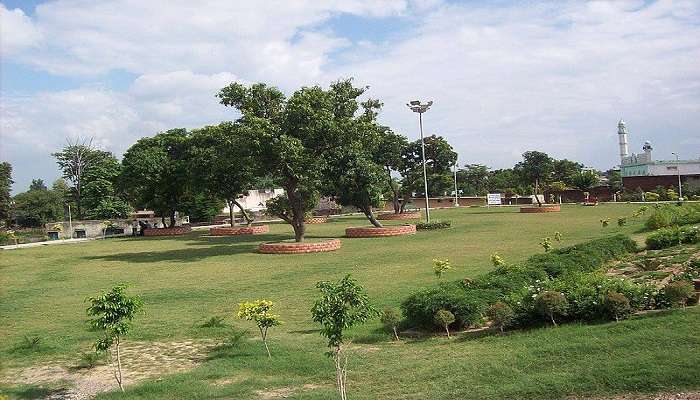
Narayangarh has a calm environment that aims to relax travellers usually overwhelmed by urban areas. Its position gives vantage views of neighbouring hills and valleys surrounding the town. Around it, there are such points of interest as the Narayani River, which is suitable for boating and fishing. Narayangadh also has the added advantage of being a gateway to other neighbouring natural-rich areas.
Timings: Open 24 hours
Entry Fee: Free
4. Amlekhgunj Elephant Camp
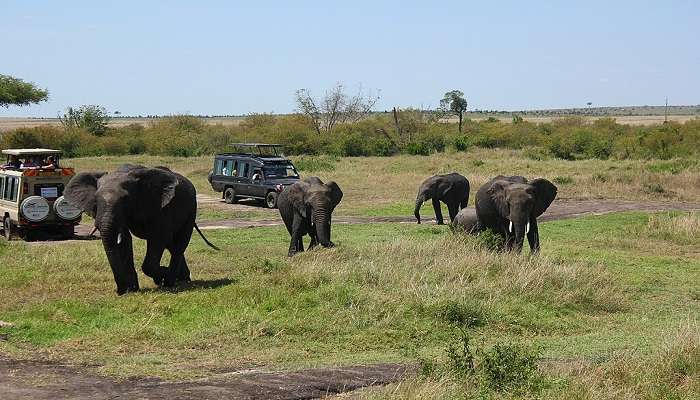
Being entirely focused on elephant conservation, the camp provides visitors with rather interesting experiences of the life of these timid animals. Tourists can watch the elephants in their environment and also learn how projects are being taken to preserve these animals and are even allowed to be part of the exercise. The camp also runs Information, Education Communication, and Awareness programs emphasising wildlife conservation in Nepal.
Timings: 8:30 am to 9:00 am in the morning and 5:30 pm to 6:00 pm
Entry Fee: Included in Parsa Wildlife Reserve Fee
Related Post: Places To Visit Near Kathmandu
Parsa Wildlife Reserve Location And How To Reach
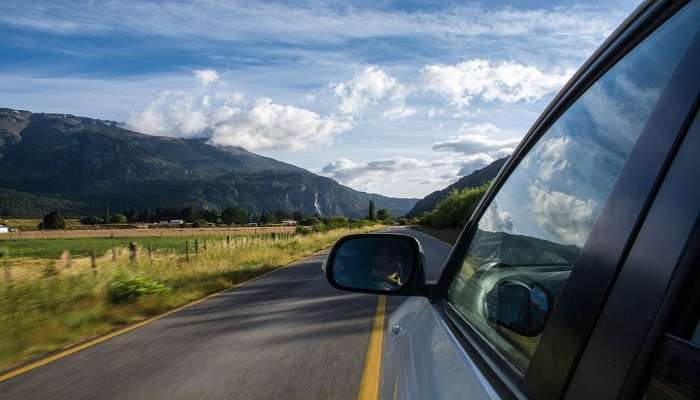
Parsa Wildlife Reserve is located in the Terai region of southern Nepal in the Chitwan and Nawalparasi districts, comprising the portions of Parsa, Bara, and Makwanpur districts. It is located adjacent to the Indian border and cannot be reached from Chitwan National Park. This strategic position improves its position in terms of ecology and convenience for any wildlife lovers or conservationists.
By Road: Hiking to the park can be easily done by road through various parts of the country. There are options for the bus or one can have his or her car or hire one from the big cities of Nepal such as Kathmandu, Birgunj, or Hetauda.
By Air: The Simara airport is approximately 35 km away from the park. You can directly get to Simara by air and then to the park either by hiring a taxi or a bus from Simara or can fly to the nearby cities and then get to the park.
You May Also Like To Read: Tourist Places In Nepal
When taking a trip to Nepal, you need to include Parsa Wildlife Reserve as one of your stopovers. This hidden Florida jewel can accommodate all those who are interested in a dose of wildness and a touch of culture embraced by nature. Go on the exciting wildlife of the jungle and make a pilgrimage to Kailash Bhata. Soak into the rich Terai lowlands that boast of tremendous biodiversity. Do not miss a chance like this, it is indeed a golden one, a privilege to be in a position like that.
For our editorial codes of conduct and copyright disclaimer, please click here.
Cover Image Credit: Aditya Pal for Wikimedia Common
Frequently Asked Questions About Parsa Wildlife Reserve
Can I go camping within Parsa Wildlife Reserve?
Camping is prohibited when it comes to overnight camping, but there are lodges and guest houses available in the surrounding area for staying.
What activities can be done at Parsa Wildlife Reserve?
Jungle safaris, bird watching tours, nature walks, and camping can be done at Parsa Wildlife Reserve
Where is the Parsa Wildlife Reserve located?
The reserve is located in the Parsa, Makwanpur, and Bara districts of Nepal, near the Indian border. It is situated in the Terai region, which is characterised by its tropical and subtropical forests.
What are the things to keep in mind while visiting the Parsa Wildlife Reserve?
Avoid wandering off designated trails, and maintain distance from wildlife while exploring the Parsa Wildlife Reserve.
Are there any volunteering and conservation programs at Parsa Wildlife Reserve?
Yes, the conservation occasionally recruits volunteers to track wild animals, spray anti-poaching chemicals, and fence off various natural reserves for conservation purposes.
People Also Read:
Sajjangarh Wildlife Sanctuary Tikarpada Wildlife Sanctuary Jambughoda Wildlife Sanctuary

As a Travel Content Writer, I live to conquer the world of globetrotting with words. With my unquenchable thirst for storytelling, I believe that my words will inspire you to travel around the world’s breathtaking landscapes. As for me, I am an unapologetic selenophile, who loves to wander around in a starry night!



